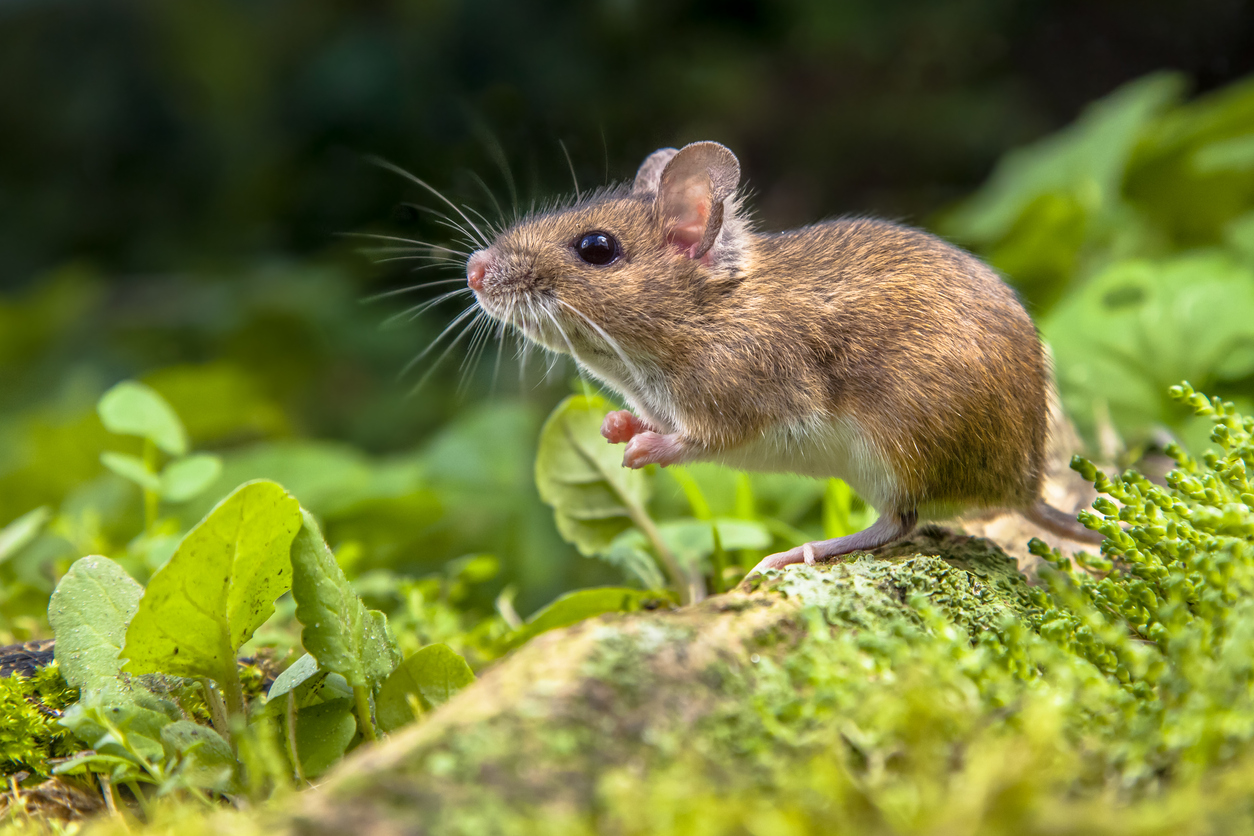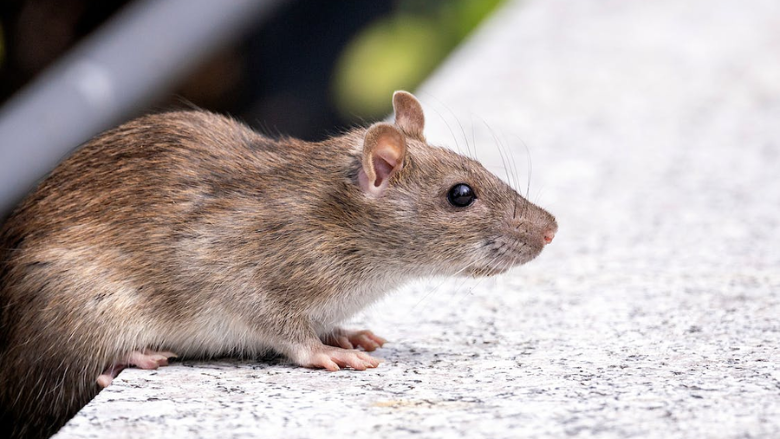Integrating Advanced Rodent Tech: Revolutionizing Restaurant Pest Control
Share
In today's fast-paced restaurant industry, maintaining a pristine environment is paramount. With the integration of advanced technologies, restaurants are now better equipped to handle one of their oldest adversaries - rodents. Integrated rodent tech in restaurants is reshaping the way the hospitality sector addresses this age-old problem, offering innovative solutions that prioritize both efficiency and guest safety.
The advent of integrated rodent tech is timely, as traditional methods of pest control often fall short. Restaurants are increasingly turning to these tech-forward solutions to ensure a seamlessly clean and health-compliant environment, directly impacting customer satisfaction and safety. By adopting such technologies, restaurant owners are not only improving their operations but are also safeguarding their reputations in a highly competitive market.

The Rise of Technology in Pest Management
Rodents present significant challenges, and their presence can tarnish the hard-won reputation of any dining establishment. Hence, the need for a revolutionary shift. This is where integrated rodent tech steps in, marrying cutting-edge technology with traditional pest control measures to create a robust and proactive approach.
Companies, such as [TrapX](https://trapx.io/), are pioneering these advancements, offering smart traps and remote monitoring systems that provide real-time data, helping restaurants manage their pest control more efficiently. Moreover, these systems reduce the need for toxic chemicals, aligning with the growing demand for eco-friendly and sustainable business practices.
The Science Behind Integrated Rodent Tech
So, how does integrated rodent tech work its magic? At its core, this technology uses a combination of sensors, smart devices, and data analytics to create a comprehensive rodent management system. Smart traps, like those developed by industry leaders, are equipped with sensors that detect rodent activity. Upon detection, an alert is sent to a centralized system, allowing restaurant managers to respond promptly.
Furthermore, data analytics play a crucial role. By analyzing patterns of rodent activity, restaurants can identify potential entry points and high-risk areas, making targeted interventions more effective. This level of precision minimizes disruptions and helps prevent infestations before they become a larger issue.
Ensuring Compliance and Enhancing Efficiency
With stricter health regulations continually coming into play, having a dependable rodent control system is non-negotiable. Integrated tech not only complies with these regulations but often surpasses them, offering an additional layer of protection. This is particularly critical in the face of mounting pressure from health inspectors and consumer watchdogs. [Quality Assurance Magazine](https://www.qualityassurancemag.com/article/the-mouse-pad/) elaborates on the significance of such technologies in adhering to compliance measures.
Additionally, the efficiency of these systems means that they are cost-effective in the long run. The reduction in repeated pest control treatments, coupled with the decrease in potential revenue loss from rodent-related damages, make this a profitable investment for restaurant owners.
A Competitive Edge in the Hospitality Industry
What sets a restaurant apart in a crowded market is its commitment to quality and safety. By integrating advanced rodent tech, businesses can ensure a level of cleanliness that is second to none. Thus, restaurants are not just meeting customer expectations but are exceeding them.
Furthermore, by showcasing their commitment to cutting-edge technology, these establishments can attract a larger customer base who value innovation and responsibility. In a world where consumers are increasingly aware of environmental and health issues, using integrated rodent tech as a marketing tool can enhance a restaurant's reputation significantly.
Case Studies of Success
Numerous eateries have already begun reaping the benefits of integrated rodent tech. For instance, some top-tier restaurants have implemented these systems and reported a drastic reduction in pest-related incidents. This not only boosts their operational efficiency but also enhances customer trust and satisfaction.
Similarly, fast-food chains are adopting these technologies to maintain uniformity in their hygiene standards across various locations, as discussed in this article on AI pest control advancements. By integrating such technologies, even the most modest food establishments can level up their cleanliness standards, thus achieving a benchmark of excellence.
Conclusion
The integration of advanced rodent technology in restaurants represents a significant leap forward in pest management. Not only does it safeguard the health and safety of patrons, but it also offers restaurateurs a competitive edge in a fiercely competitive industry. As the technology continues to evolve, it's clear that the role of integrated rodent tech in revolutionizing restaurant operations will only become more pronounced.
To learn more about sustainable pest control solutions and to enhance your operations, explore the full range of innovative services at IGPS.

FAQs
What is integrated rodent tech, and how does it work?
Integrated rodent tech combines smart traps, sensors, and data analytics for efficient pest management. It alerts restaurant managers about rodent activity, enabling timely interventions.
How can integrated rodent tech benefit restaurants?
This technology helps maintain cleanliness, complies with health regulations, and reduces costs associated with traditional pest control methods.
Is integrated rodent tech cost-effective?
Yes, it is cost-effective due to reduced treatment needs, lower risk of revenue loss from damages, and compliance with health regulations.
This article contains affiliate links. We may earn a commission at no extra cost to you.
